Lumency bvba
Rue Dieudonné Lefèvre 17
1020 Bruxelles
Belgium
Avia-GIS NV
Risschotlei 33
2980 Zoersel
Belgium
Corsica Ferries
Viale Pascal Lota
20200 Bastia
France
CINI Consorzio Interuniversitario Nazionale per l’ Informatica
Roma - Via Ariosto, 25
00185 Roma RM
Italy
IES srl
Via Amedeo Nazzari, 3
00042 Anzio RM
Italy
ESA spurs investment in space entrepreneurs
Community reference
Posted to Hero article section
No
TCL trading as Safecility
M103 Media Cube Iadt, Kill Ave, Co
Dublin
Co. Dublin
A96 X6X3
Ireland


